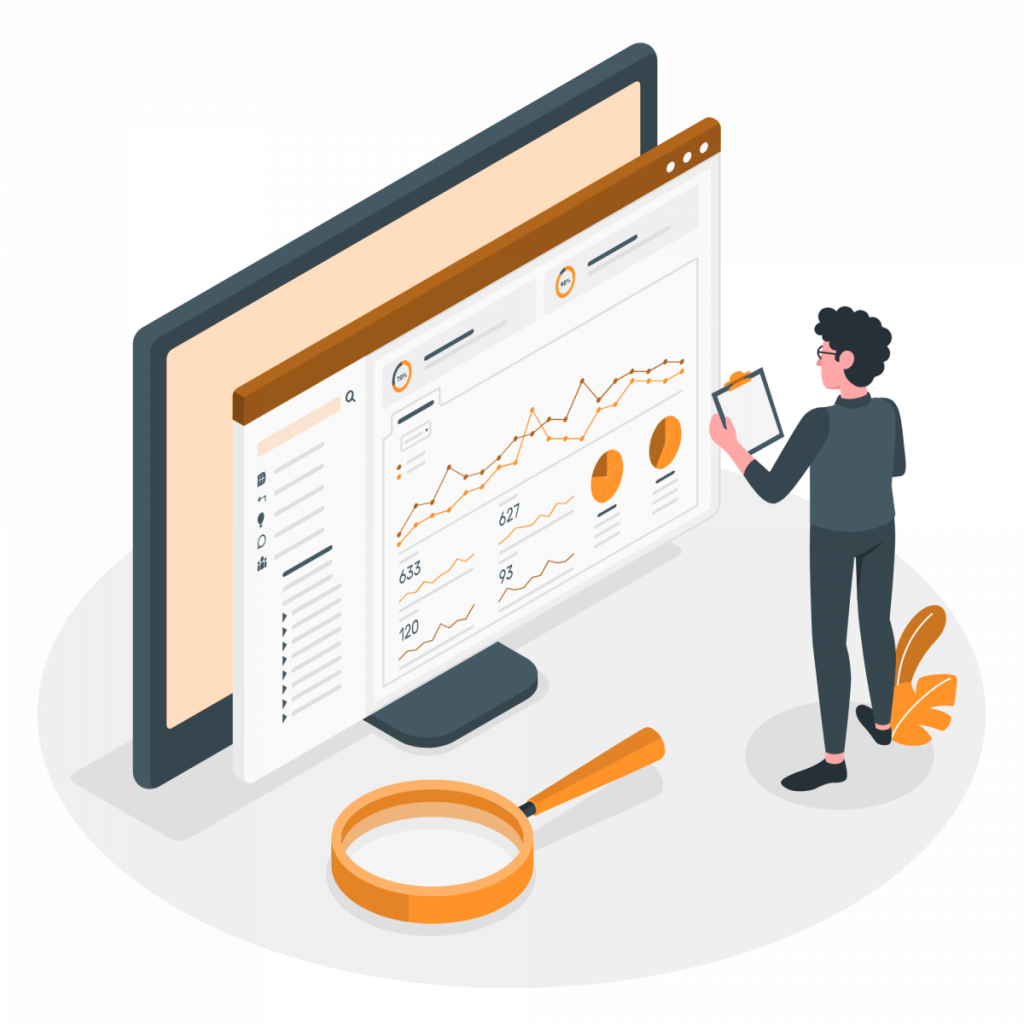In today’s data-driven world, the ability to classify and categorize data is paramount. Data classification is the key to unlocking insights, ensuring compliance, and making informed decisions. A Data Classification API stands as the tool that demystifies this process, offering a comprehensive explanation of how data classification works and its significance in the modern landscape.

Defining Data Classification APIs
Data Classification APIs are the bridge to understanding and harnessing the power of data classification. They encompass various data types and classification techniques, ensuring real-time classification accuracy. Machine learning takes center stage, automating the classification and categorization of data, with continuous learning to improve precision. Data classification’s impact resonates through organized data accessibility, compliance, and insightful decision-making.
Key Features and Capabilities
Data Classification APIs offer a robust set of features and capabilities. They allow customization and fine-tuning of classification parameters to suit specific business needs. Integration flexibility ensures seamless incorporation into existing systems. Multilingual and cross-platform support extends the reach of data classification capabilities.
Integration Scenarios
The versatility of Data Classification APIs is evident in various integration scenarios. In document management, they organize and categorize documents for efficient retrieval. Content moderation and filtering rely on these APIs to ensure compliance and user safety. Data Loss Prevention (DLP) and security measures are bolstered by precise data classification.
Real-World Applications
Data Classification APIs find applications in numerous real-world scenarios. E-commerce platforms benefit from automated product categorization, improving user experience and sales. Email filtering and spam detection become more accurate, enhancing communication channels. Compliance with privacy regulations, such as GDPR, becomes manageable as data classification aids in identifying and securing sensitive information.
Critical Decision-Making Factors
Selecting the right Data Classification API is crucial and involves several key factors. Classification accuracy and precision are paramount, as they directly impact the quality of categorized data. Scalability and pricing models are essential for effective budget management. Compliance with data regulations ensures that data classification practices align with legal requirements.
Step-by-Step Integration Guide
Integrating a Data Classification API follows a structured process. Begin by acquiring API access and the necessary credentials. Configure data classification parameters to align with specific business requirements. Continuous monitoring and improvement ensure that the classification models stay accurate and relevant.
To maximize the benefits of Data Classification APIs, adhere to best practices. Regular model training and updates ensure that classification accuracy remains high. Skillfully handling ambiguity and addressing edge cases is essential, as not all data fits neatly into predefined categories. Implement data security and privacy measures to safeguard sensitive information.
Check Klazify: A High-Quality Content Classification API
Are you looking for an API to help you classify and extract information from websites, emails, and documents? If so, Klazify is a great option. It uses machine learning to classify content with high accuracy, and it can extract a variety of information from websites, emails, and documents.

Here are some of the benefits of using Klazify:
- High accuracy: Klazify uses machine learning to classify content with high accuracy. This means you can be confident that the results you get are accurate and reliable.
- Wide range of features: Klazify can extract a variety of information from websites, emails, and documents, including the title, author, keywords, and body text.
- Easy to use: Klazify is easy to use and integrate into your applications. You can get started in just a few minutes.
- Affordable: Klazify offers a variety of pricing plans to fit your budget.
Here are some specific examples of how Klazify can be used:
- Content moderation: Klazify can be used to identify and remove harmful or inappropriate content from websites, emails, and documents.
- Marketing: Klazify can be used to segment your email list and target your marketing campaigns more effectively.
- Research: Klazify can be used to collect data about websites, emails, and documents for research purposes.
If you’re looking for an API to help you classify and extract information from websites, emails, and documents, I recommend trying Klazify. You can sign up for a free trial and see how it works for you.
Company Information API Endpoint
Klazify returns the website’s category information when you enter a URL. The API analyzes the company’s website and categorizes it into 385+ probable topic categories (the taxonomy for classification is based on the IAB V2 standard).
For example, here below, you can find a response to the URL (Xiaomi.com) endpoint Company API.
{
"domain": {
"domain_url": "http://xiaomi.com"
},
"success": true,
"objects": {
"company": {
"name": "Xiaomi",
"city": null,
"stateCode": null,
"countryCode": "CN",
"employeesRange": "10K-50K",
"revenue": 291490000000,
"raised": null,
"tags": [
"Consumer Electronics",
"Computer Hardware",
"Telecommunications",
"Networking",
"Internet",
"B2C",
"Mobile"
]
}
}
}
How To Start Using Klazify?
- First, go to www.klazify.com and subscribe.
- Then, every user gets a personal API access key, a unique combination of letters and digits provided to access the API endpoint.
- Finally, chose the endpoint that you need and press “Run”, and that’s it!
Want to learn more about this? Go check How Can An API Help You Easily Classify Website Content?

